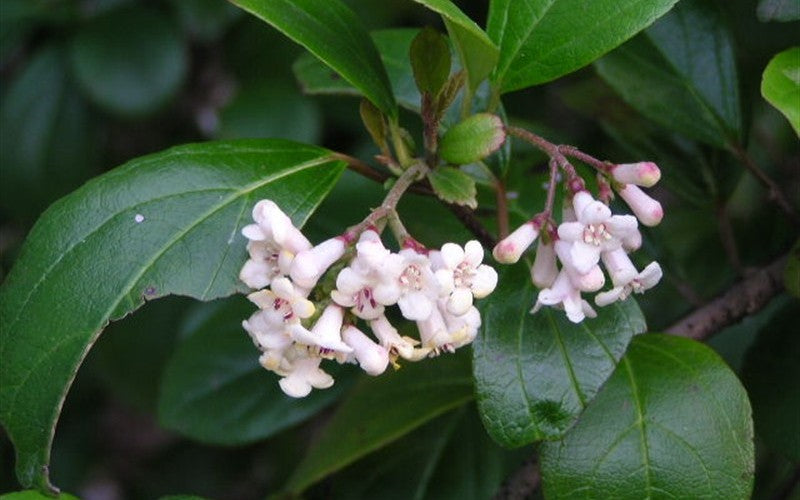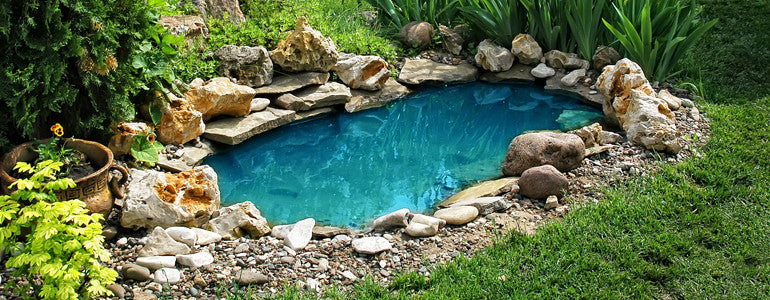
May 31 , 2023
Viburnum Species: Enhancing Florida Landscapes and Supporting Wildlife
Viburnum species offer a diverse range of options for adding beauty and wildlife habitat to the Florida landscape. In this article, we will explore three popular viburnum species in Florida: Walter's Viburnum, Arrowwood Viburnum, and Sweet Viburnum. We'll discuss their characteristics, planting and care tips, as well as their importance in supporting wildlife throughout the year.
Walter's Viburnum: Walter's Viburnum, native to the southeastern United States, can be trained as a small tree or pruned into a large shrub. With its fine, dense foliage, it adds texture to the landscape and provides nesting sites for songbirds. Small white flowers attract butterflies in spring, while clusters of ripe berries in the fall feed birds and wildlife. Dwarf cultivars are available for compact options.
Arrowwood Viburnum: Native to the southern United States, Arrowwood Viburnum is a deciduous shrub that reaches a height of up to 12 feet. It is ideal for smaller spaces and is often found along riverbanks and swamp borders. Similar to Walter's Viburnum, it produces white flowers, but its fruits are a vibrant blue. The 'Blue Muffin' cultivar adds visual interest.
Sweet Viburnum: Though native to Asia, Sweet Viburnum is well adapted to Florida and non-invasive. It can grow as a large shrub or small tree, reaching up to 30 feet if not pruned. Its evergreen foliage features dark green, leathery leaves. Fragrant white flowers bloom in spring, followed by red berries that turn black in the fall. The 'Awabuki' variety has glossier leaves and a smaller size.
Planting and Care: Viburnums thrive in full sun to partial shade, with Arrowwood Viburnum tolerating full shade. Walter's Viburnum and Sweet Viburnum are adaptable to various soil types, making them drought-tolerant choices. Arrowwood Viburnum prefers moist, well-drained soils. Regular pruning is necessary to maintain size, shape, and structure.
Importance for Wildlife: Viburnum species provide essential food and habitat for wildlife. The flowers attract pollinators like butterflies, bees, and moths, with different species being attracted to specific flower types. In the fall, the clusters of ripe berries serve as a food source for birds and other wildlife. By incorporating viburnums into the landscape, we can support biodiversity and create a thriving ecosystem.
Walter's Viburnum, Arrowwood Viburnum, and Sweet Viburnum are valuable additions to the Florida landscape. Their attractive flowers, fruits, and foliage contribute to the visual appeal, while their importance in supporting wildlife throughout the year cannot be overstated. By planting and caring for these viburnum species, we can enhance our surroundings and create a vibrant and sustainable environment for both humans and wildlife.

